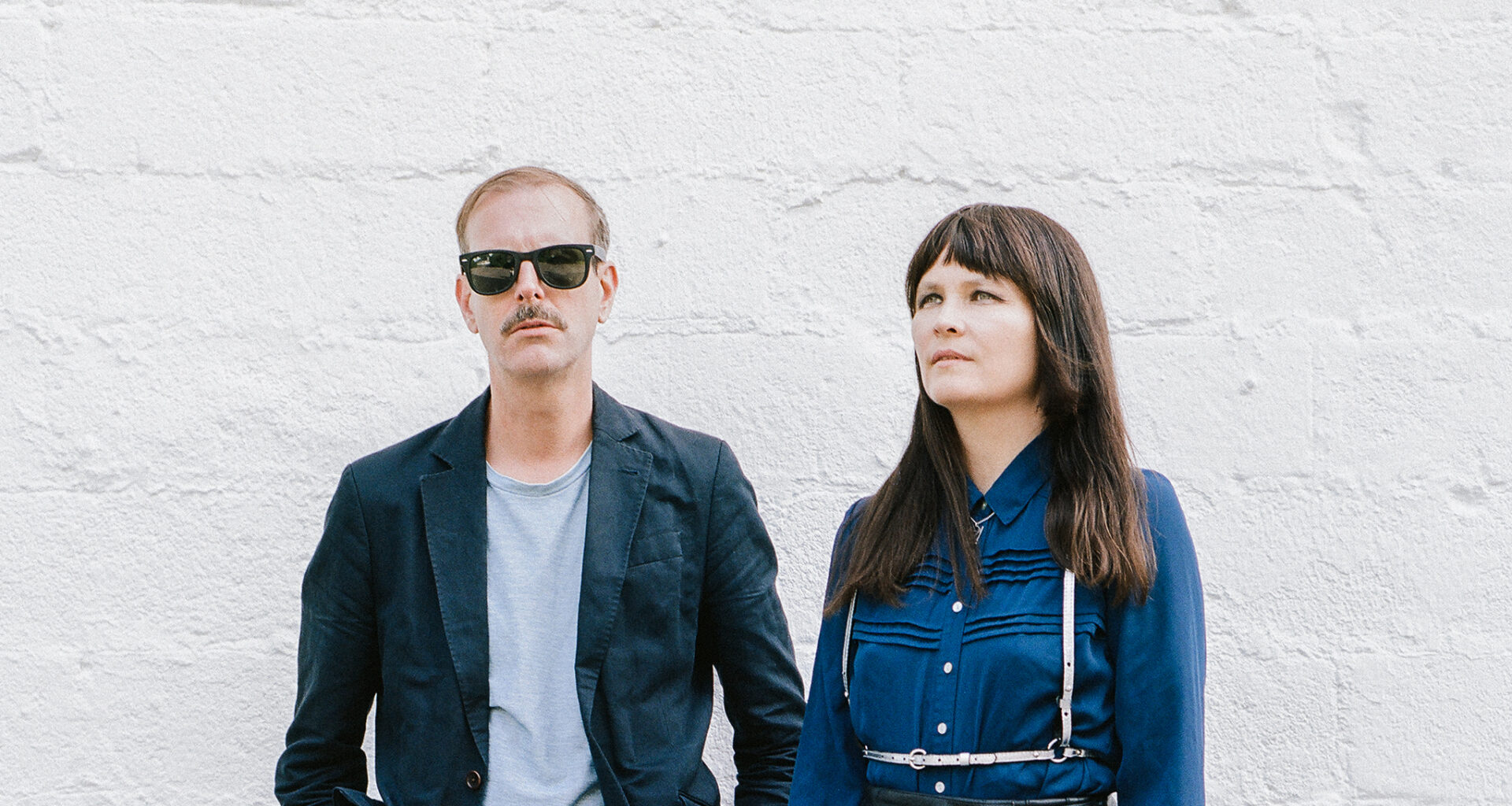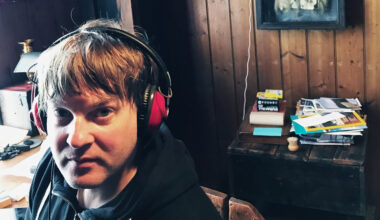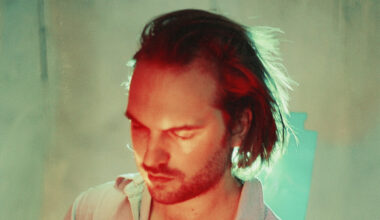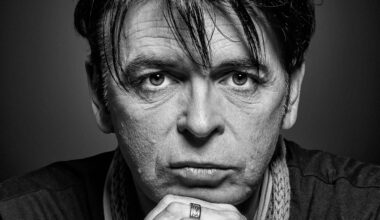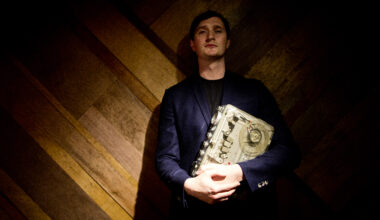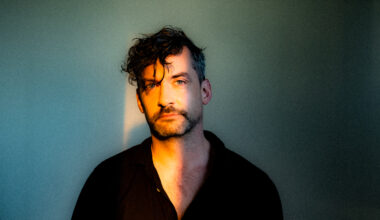Transporting the senses with exotic scents in the studio, channelling synaesthesia, and visualising electricity are all part and parcel of the new Xeno & Oaklander album ‘Vi/deo’
Want to read more?
Sign up to Electronic Sound Premium to gain access to every post, video, special offers, and more. 100%, all you can eat, no commitment, cancel any time.
Already a premium member? Log in here
